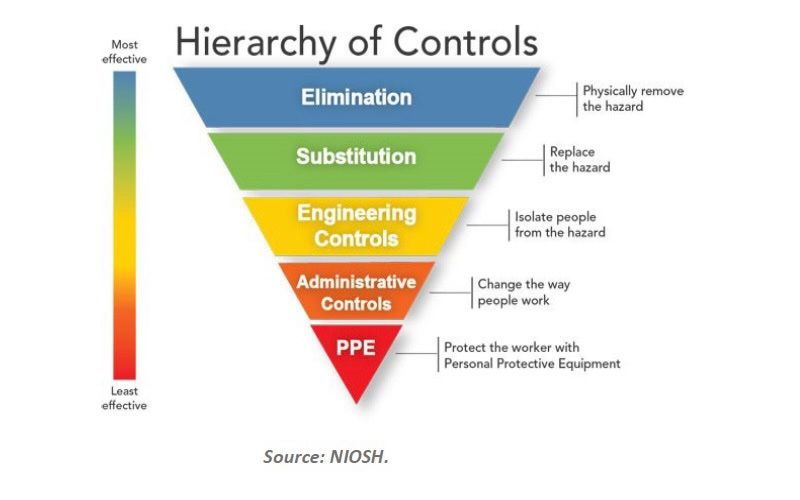The current flurry of product recalls has finally attracted government attention. A cross-agency task force recently presented President Bush with an action plan containing short- and long-term recommendations for improving the safety of imports entering the U.S. The proposal ultimately calls for increased visibility into product-related data and greater deployment of U.
The current flurry of product recalls has finally attracted government attention. A cross-agency task force recently presented President Bush with an action plan containing short- and long-term recommendations for improving the safety of imports entering the U.S.
The proposal ultimately calls for increased visibility into product-related data and greater deployment of U.S. inspectors abroad to decrease the amount of noncompliant products leaving the countries of origin.
This effort, laudable for its efforts to protect the American consumer, will greatly impact how global organizations manage and orchestrate their value chains.
While providing federal agencies with real-time product and compliance data related to specific imports is both commendable and logical, reality already demonstrates that most companies still struggle with getting a single version of the truth for their product data. U.S. consumers buy an estimated $2 trillion worth of products imported from more than 800,000 sources to more than 300 ports of entry. That’s a lot of differing truths. If companies can’t gain control of their data, they can’t give it to the government.
The impact on data standards and IT’s role in supporting the government agency’s data requirements will be significant given the required levels of transparency. IT must unite with the business and provide the technology platform and tools necessary for compliance and visibility.
Moreover, this action plan comes after the fact. While deploying inspectors on-site helps ensure quality goods come into the U.S., companies must not forget about managing real-time production processes to prevent defects. What’s still incumbent upon the companies with concerns about product quality is the ability to catch defects and handle adverse events as they arise. The more time that elapses from the moment an event or process failure occurs, the more the value of the information associated with those events decreases. It also increases the risk that the specific event or process failure poses to anyone downstream in the value chain.
If this plan is approved, U.S. manufacturers will have two choices:
-
Adopt the principles of the plan and enjoy a lower-risk supply base with smoother logistics and movement of goods; or
-
Keep on their current paths and suffer the consequences of a slow, cost-intensive, and potentially risky logistics process.
-
The flattening world actually is still very round and bumpy due to both the latency that exists in the physical supply chain, and unsafe products and their resulting recalls. Investments to support the government’s import initiative will add cost and extended lead times to the supply chain, affecting the overall planning processes for most companies. It will be interesting to follow how this initiative further affects supply management executives.
But there are role models in place. Many high-tech and retail companies have mastered low-cost country sourcing and importing. To plan and prioritize your own smart investments, examine not only your organization’s abilities, but your supply network’s current competencies around risk, supplier and quality management, and knowledge transfer and skills development.
Author Information Simon Jacobson is a senior research analyst at AMR Research, where he covers manufacturing operations and enterprise resource planning. Jacobson also is a well-known speaker on how manufacturers harness enterprise technologies to improve and optimize their operations.



